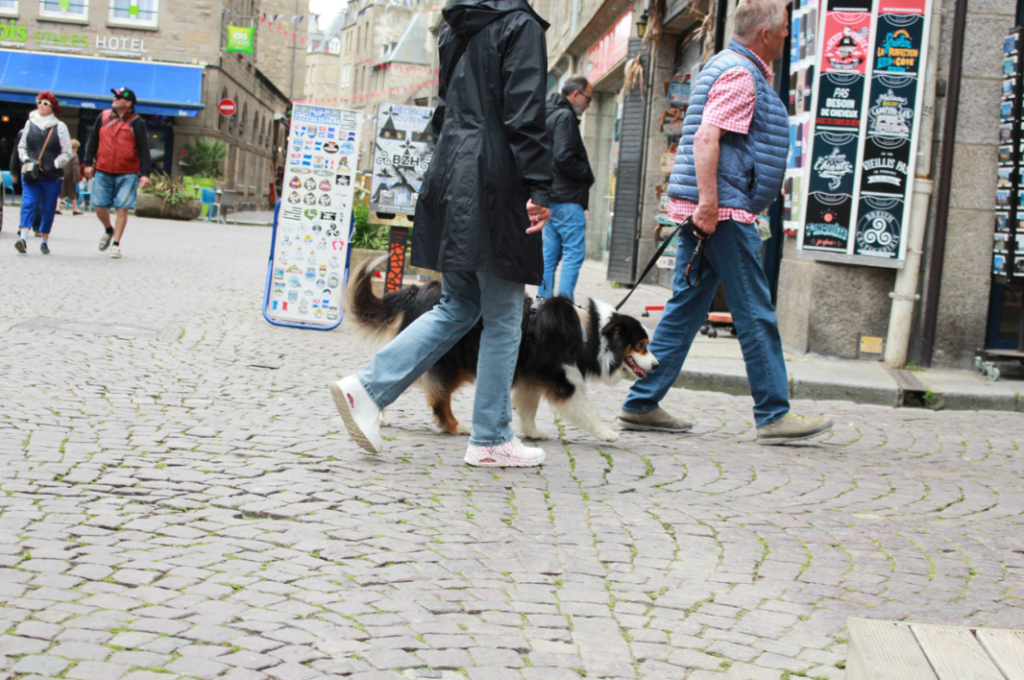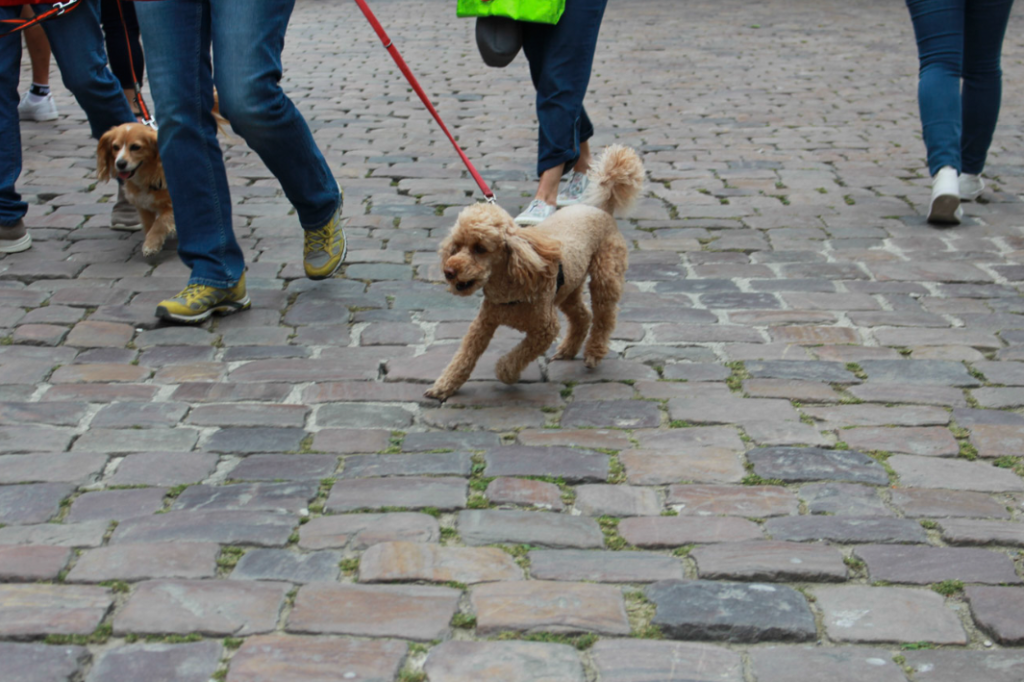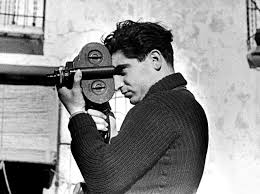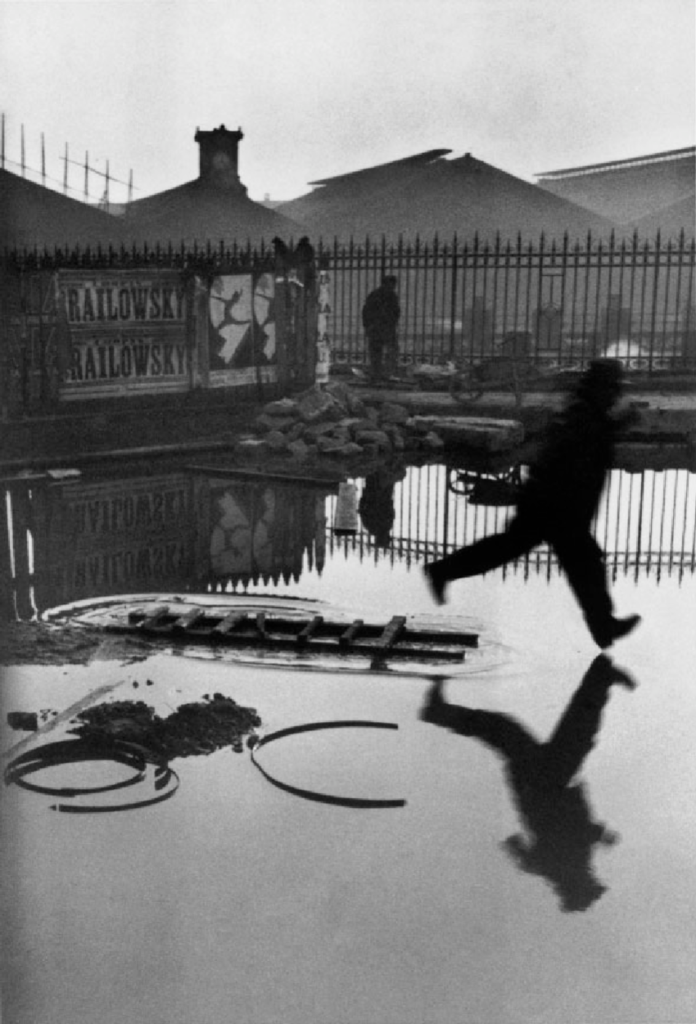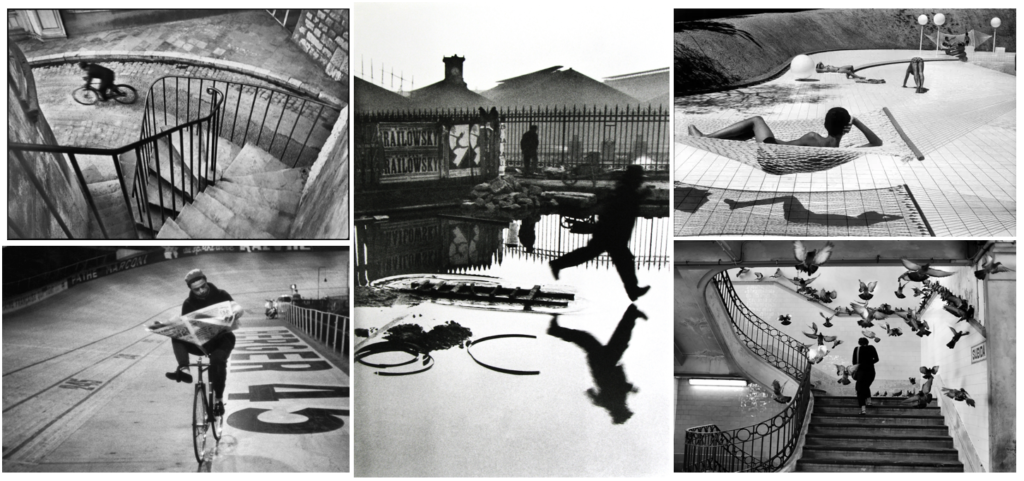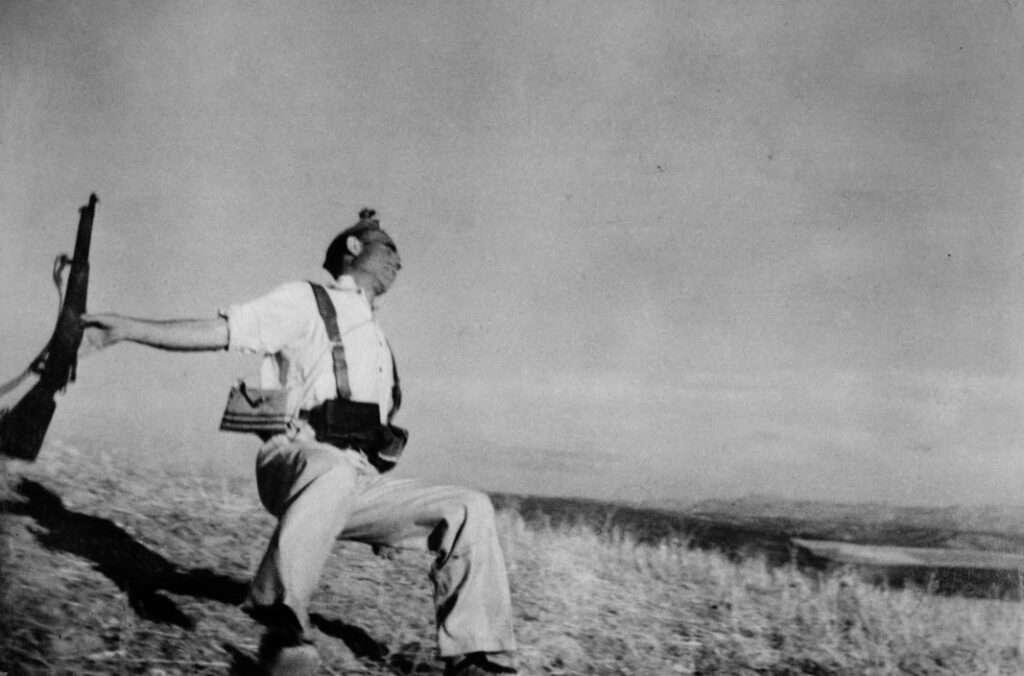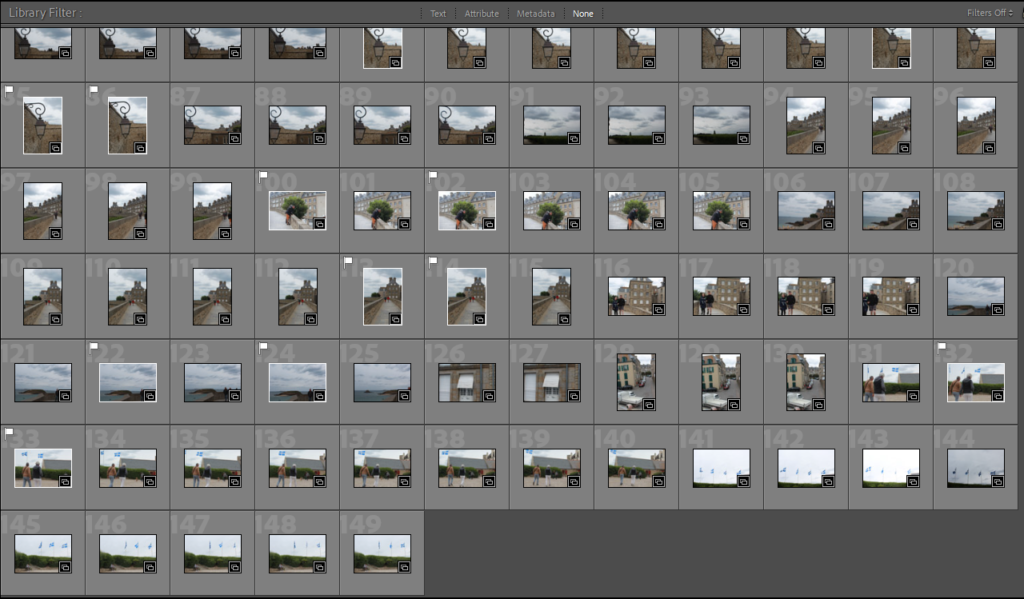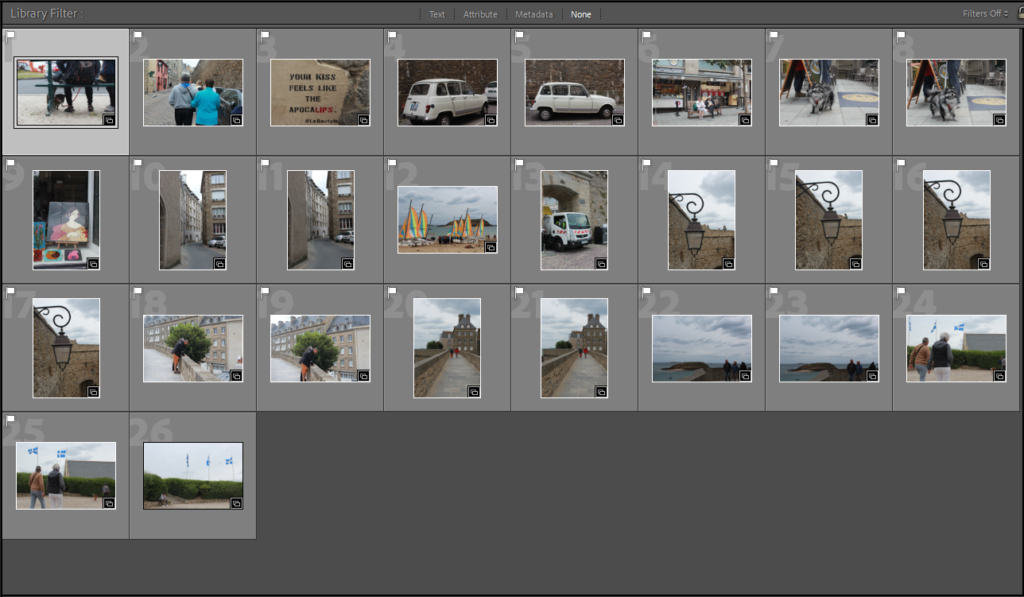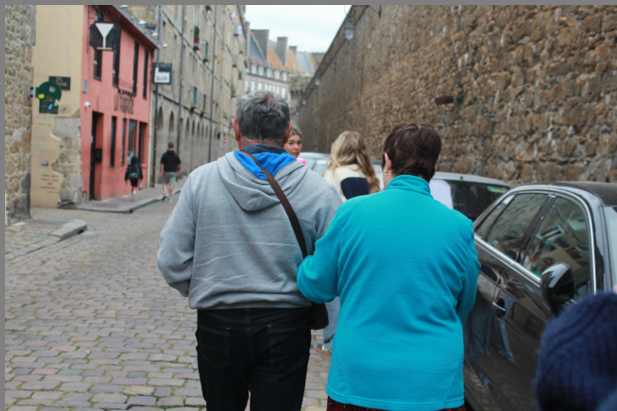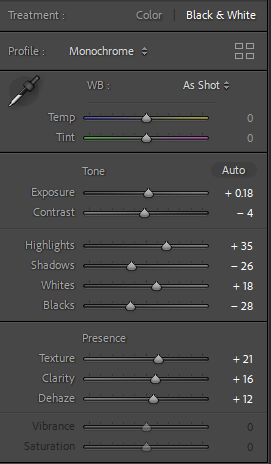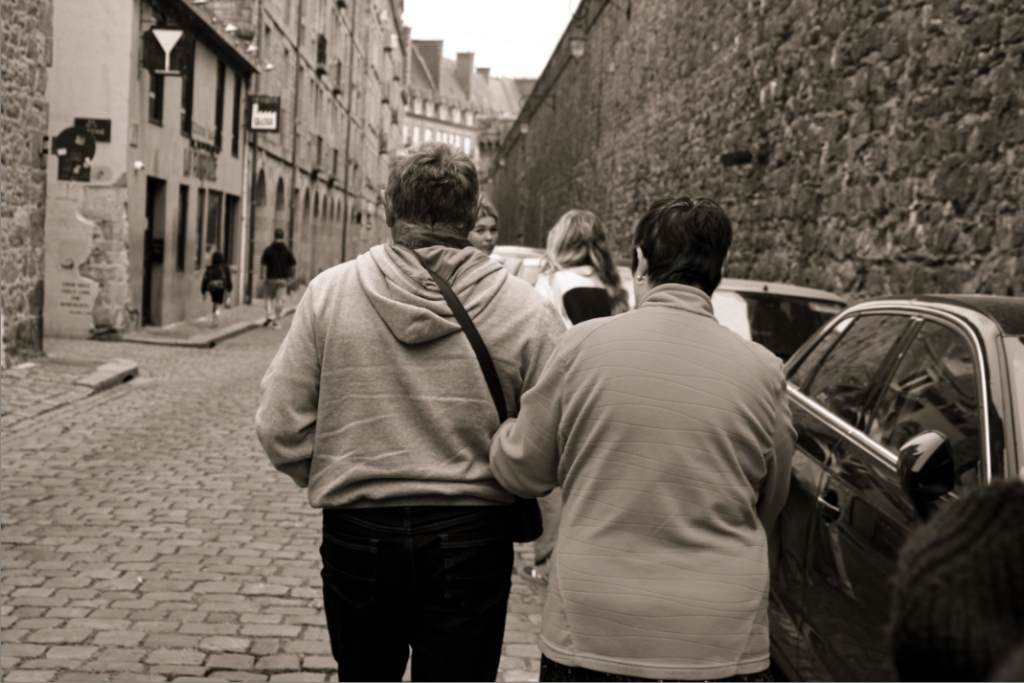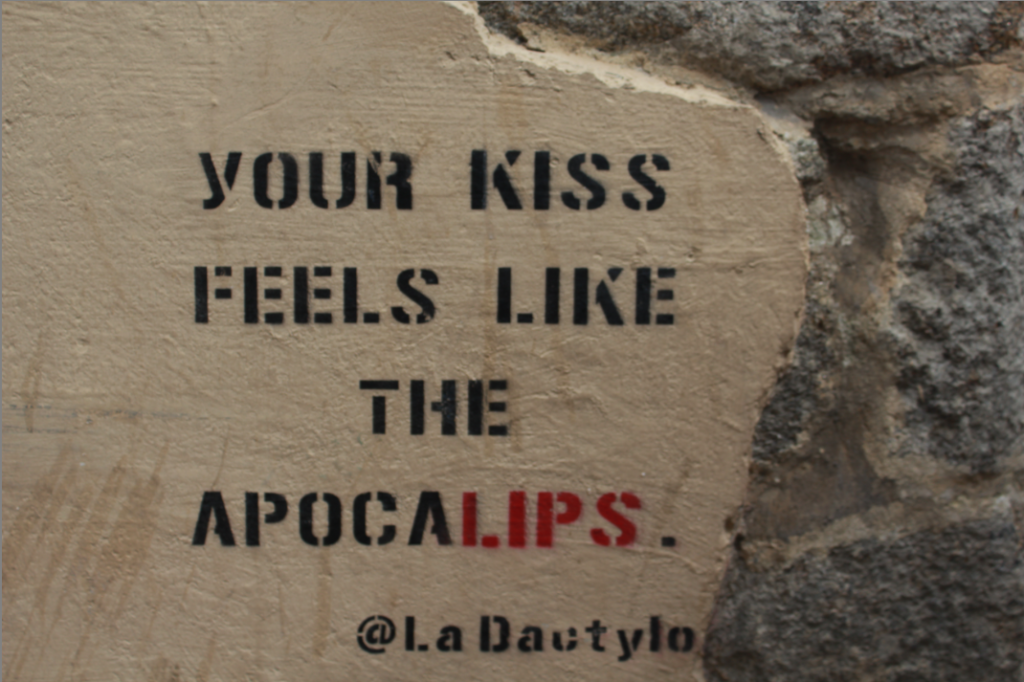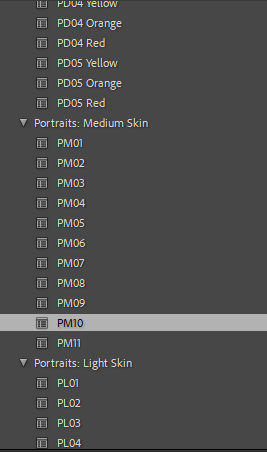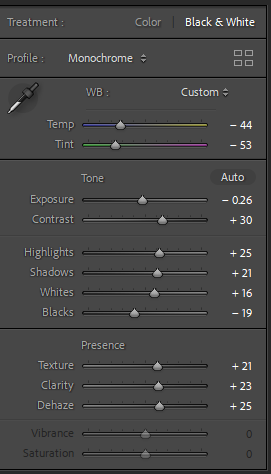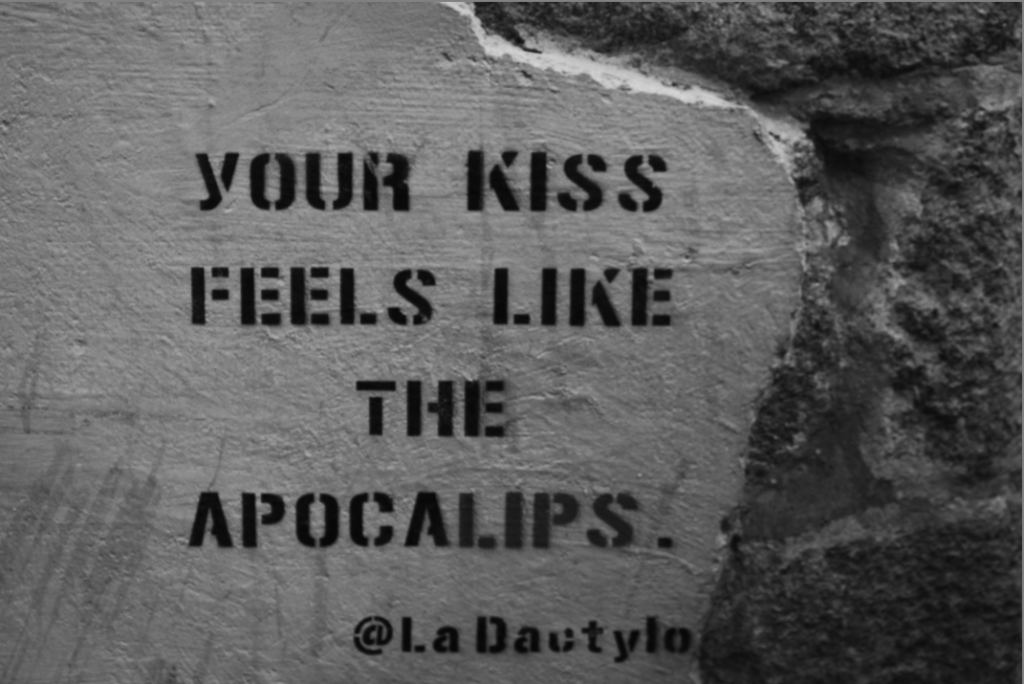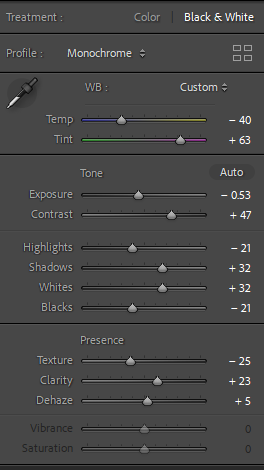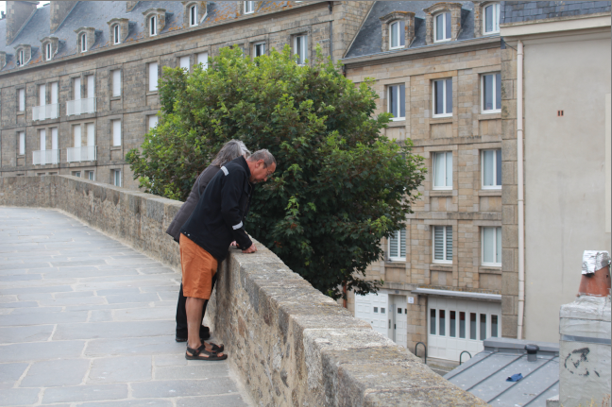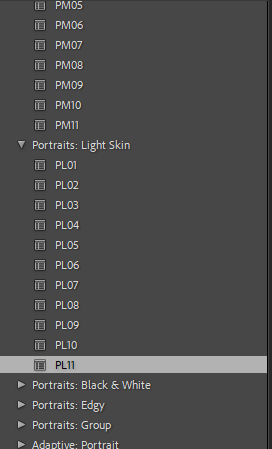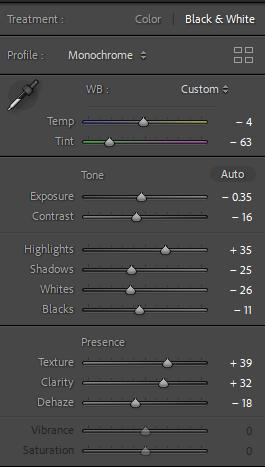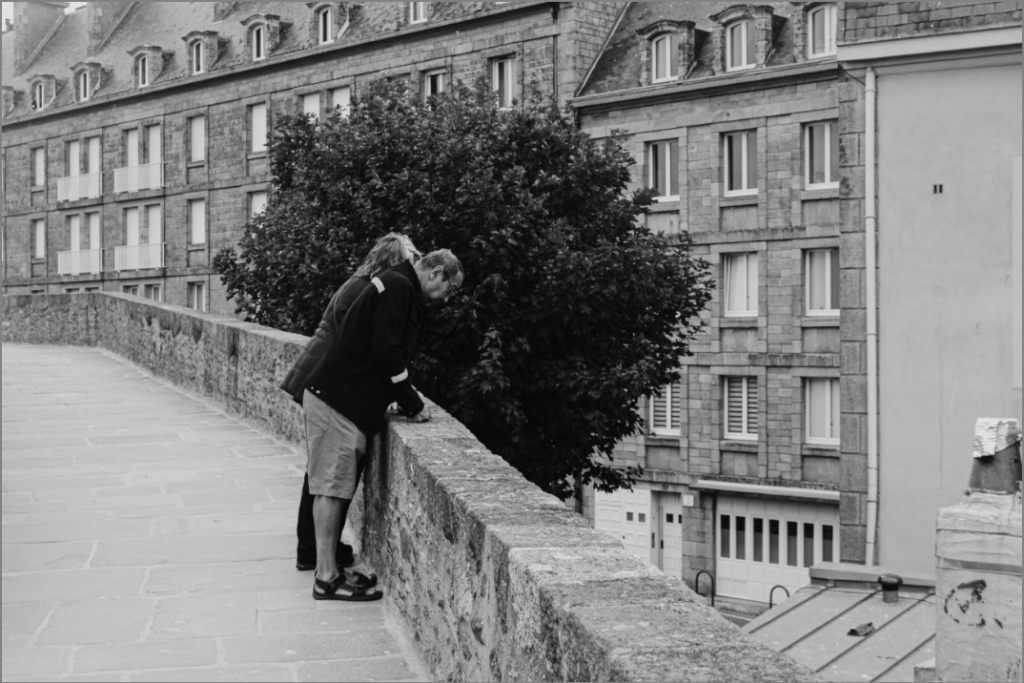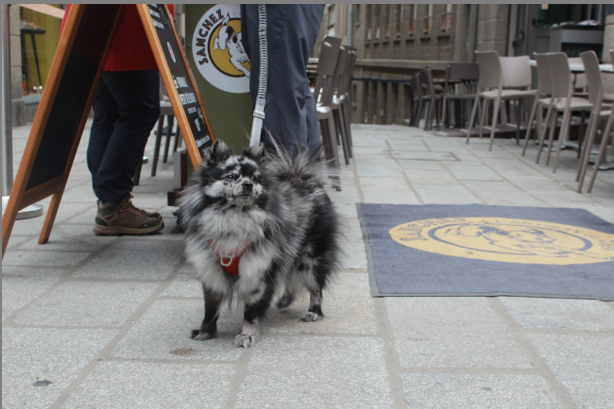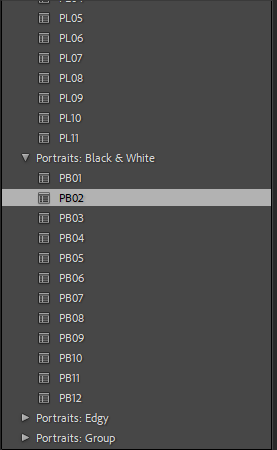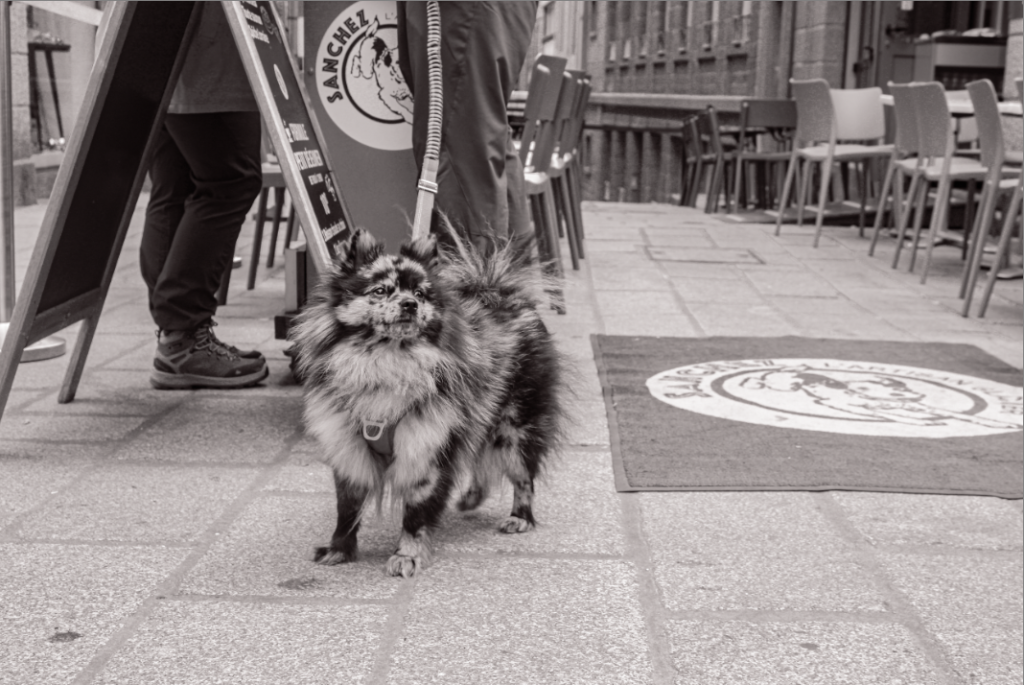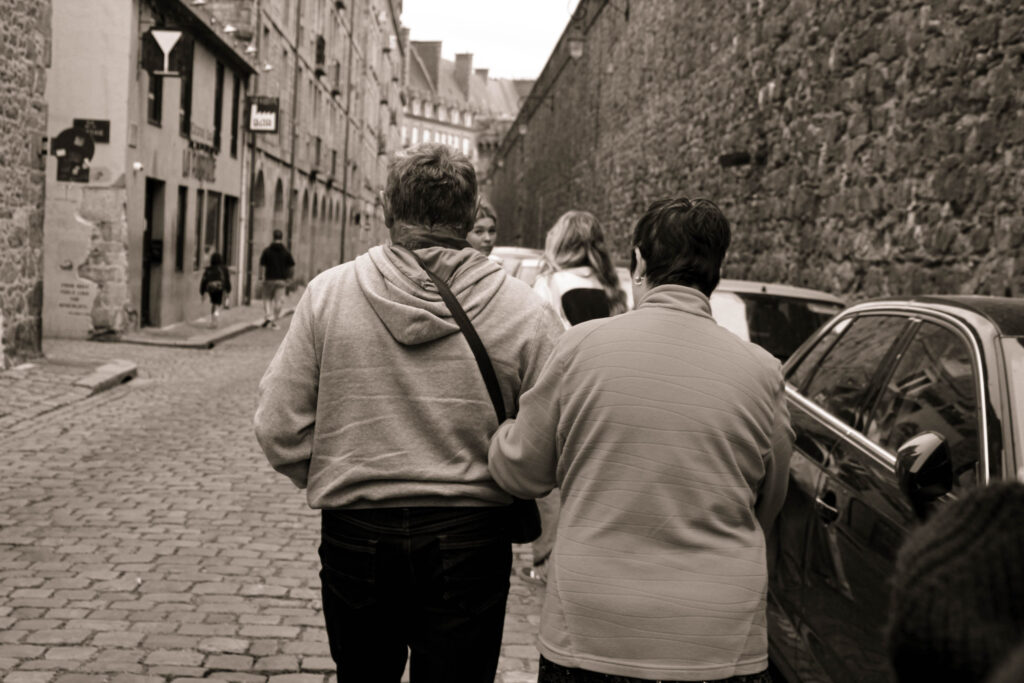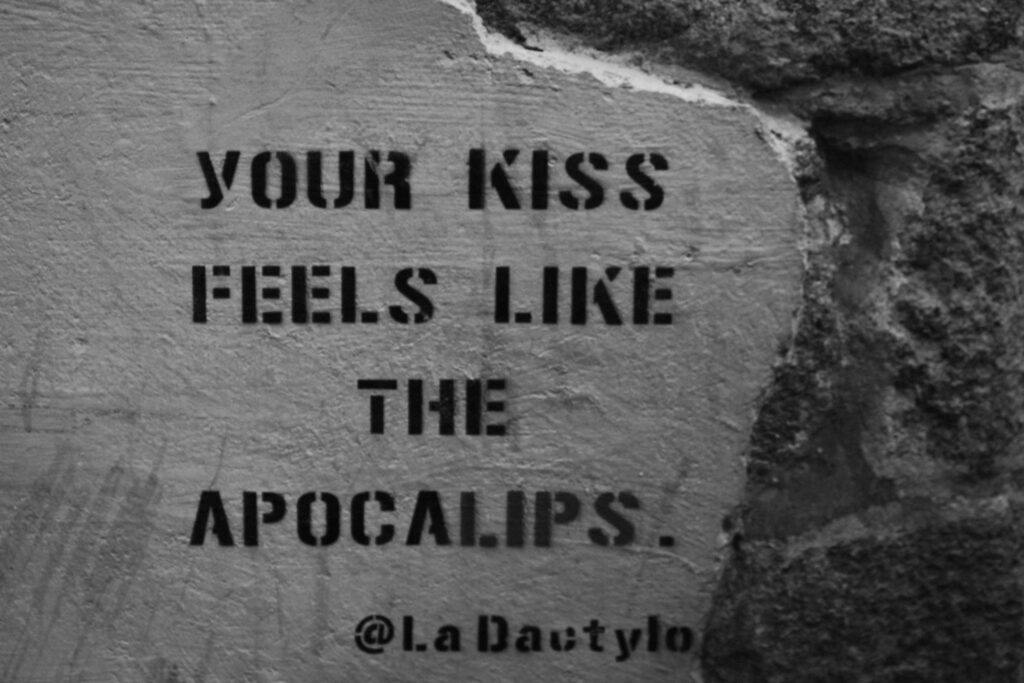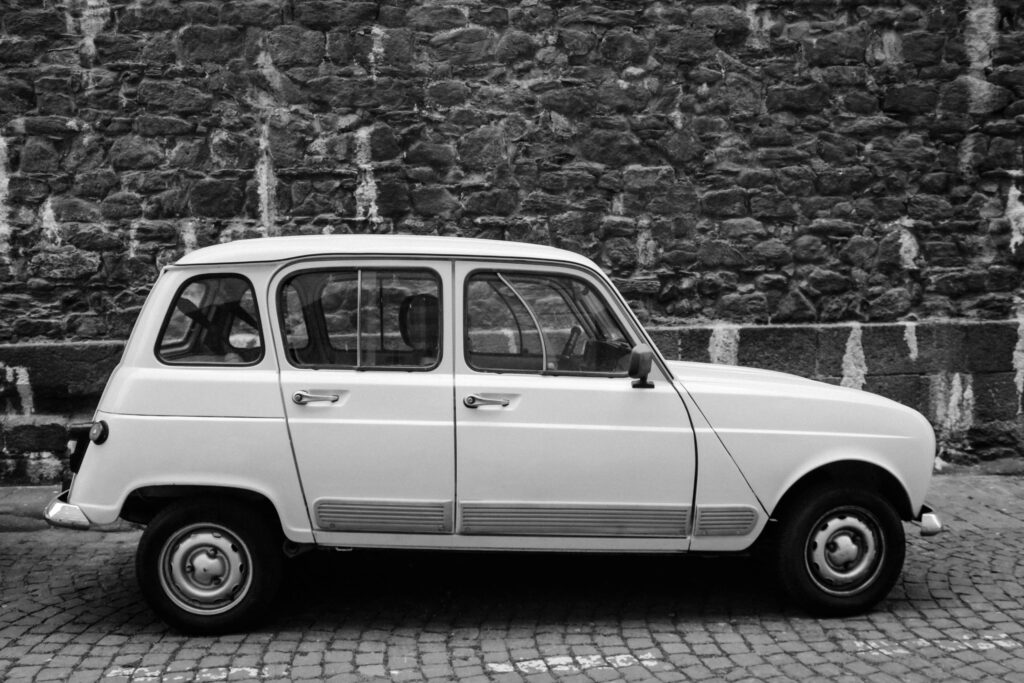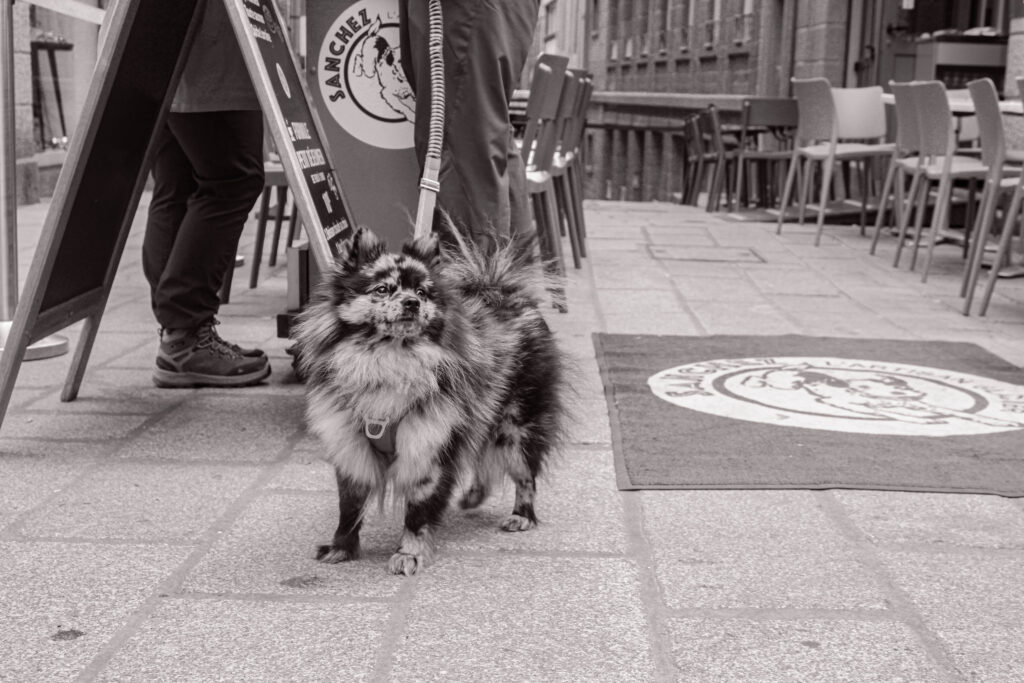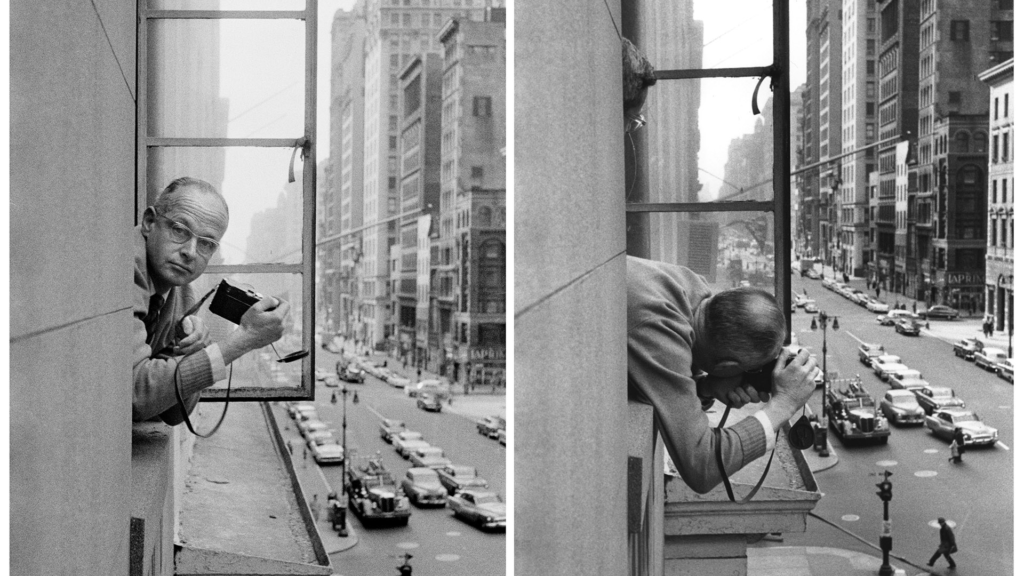
Introduction:
Henri was a French humanist Photographer influenced by surrealism. He was born in Chanteloup and studied literature at Cambridge university in 1928-29.
The photographer was best known for his mastering in candid photography and he pioneered the genre of street photography.
The photography of Henri Cartier-Bresson is all about and his photographs can be summed up through the phrase of the “decisive moment”, this a bit like like hunting as mentioned in the previous video concluding his work. He described photographs a bit like hunting without the killing, therefore metaphorically speaking about waiting for the right moment to take the shot, being patience and observing.
Henri’s camera:
Henri used a and was known for using the Leica rangefinder with a 50mm lens, it was considered revolutionary at this time and it was much more of a natural appeal as it it offered a view close to the human eye, therefore looked realistic like a human looking straight on onto a scenery. The Leica was much more compact and in conspicuous which the design was more discreet than a larger more conspicuous cameras of the era.
His background:
Henri grew up in a wealthy family and he initially liked art and painting yet progressively throughout t the years his passion sparked when he found his other interest for photography, his “extension” of his eye, he saw it as an extension of drawing. This caused him to travel extensively with the camera , places such as Africa and Europe.
His experiences helped him understand that photograph isn’t just about capturing photographs, it is about capturing thee essence of existence. His philosophy helped him shape the term coined of “The Decisive Moment”.
He described it also as the exact instance when a unique event is captured by the photographer, when something that may never happen again is frozen in the frame.
Analysing the photograph: the decisive moment
Looking at the photograph of the “PLACE DE L’EUROPE, GARE SAINT LAZARE 1932”.
The photograph was taken behind a train station in called the “man jumping in puddle”. The image was considered through a change in photography and it didn’t just capture this “fleeting” moment, it set in motion a journey that resonated throughout the photographic community. This symbolised a shift from stages, compositions to spontaneous ones with the interference of candid photography in the moment./ symbolising the importance of human experience withing the image frame.
I can depict the leading line ( balance ) and effect of rule of thirds, negative space. The use of leading lines drawn at the top of the railing and bottom of the man, as well as the balance being presented.
Especially with rule of thirds that the subject almost escapes the centre and pulls away that focus, the lines of the image such as the the ladder in the middle center of the image pairs well with the rest of the image, I believe that idea that the other items are position in the way they are make the images look more stabilised and comparable.
I the other elements below the subject of the ladder there are other dark toned items. Despite the items not looking very neat and organised in a way, I believe it adds to three images as there’s more to make it counterbalanced with the man running and its shadow below. The image is busy too so there’s not too much negative space.
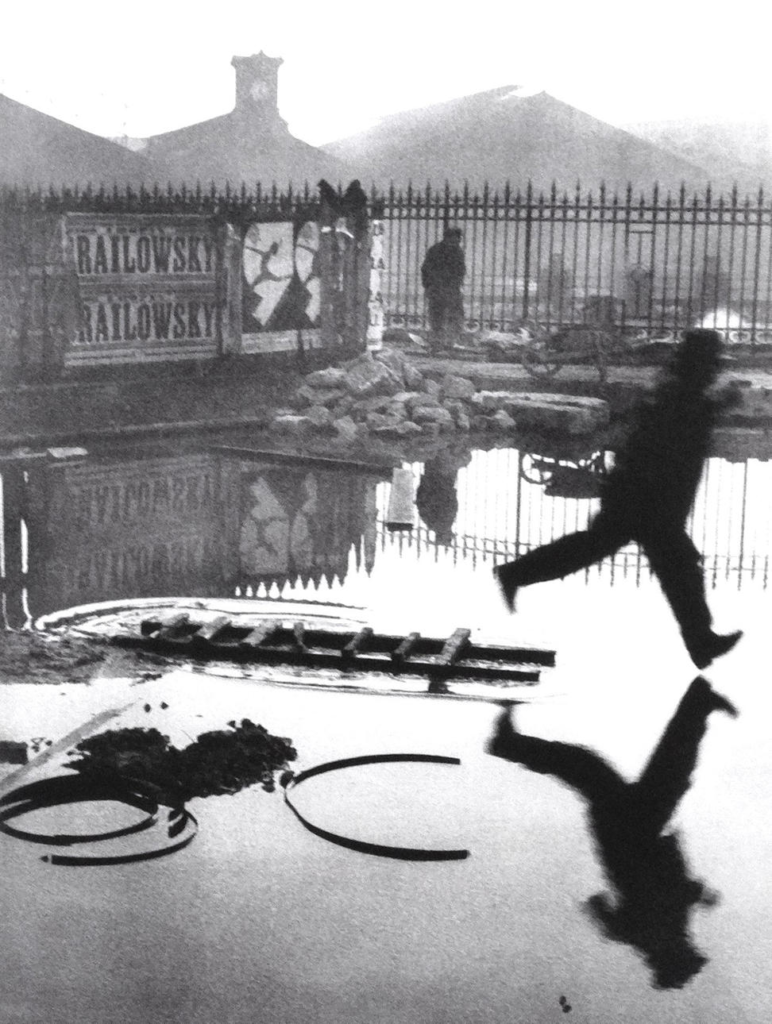
Despite the image not having an colour, the use of the black and white camera that Henri had it added to the the “timeless quality”. The use of no colour means that the focus is more in depth and the colour in images means tat we’ll find it difficult to analyse the sole content of the image itself.
The image doesn’t need a pop of a different bright colour to be effective to the eye. The use of the monochromatic scale and adding the graininess looks even more old-fashioned ad mysterious as well as the surface of the ground appearing scraped up as well as the deep black tones of the subjects in the frame.
Henri likely used a small aperture to allow more depth of field in his image, the foreground focus was more clear, sharp and it allowed more detail to be provided when observing it. He used a short as well as fast shutter speed to capture the moment of the man running to pin point the blurry effect of sudden movement.
In terms of lighting, the image relies on a natural daylight, the shadows in the photograph suggests that the image was capture at midday when the sun itself was high up.
The use of just having daylight and no artificial light adds to the authenticity and simplicity of the image.
Generally photograph are aware of the problems of midday sub as it s prone to the harshness and the strong shadows it can cast. Wheres, Henri uses these elements to his work and the features construct it to look more compelling with the geometrical shapes when adds deepness to the scene.



































